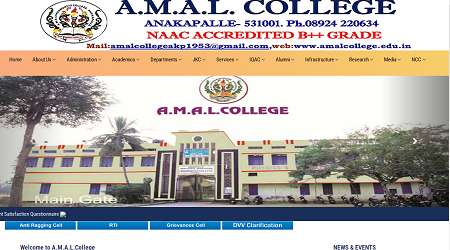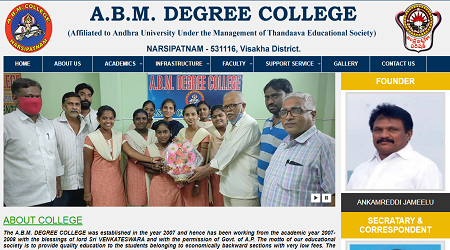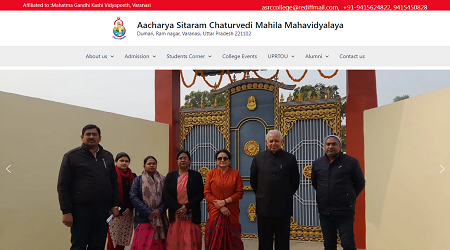a thesis statement should be placed in the
do you put your hypothesis in the abstract should your thesis statement be the first sentence should a thesis statement include your opinion should you restate your thesis statement in your conclusion is the thesis in the abstract or introduction does your thesis go in the abstract is the thesis statement in the abstract how to put your thesis statement in your conclusion how should a thesis statement be written thesis statement in abstract or introduction do you put your thesis in your conclusion do you put your thesis statement in your conclusion does a thesis need an abstract does the thesis statement go in the abstract what should a thesis abstract include a thesis statement should be placed in the should the thesis statement be in the conclusion can a thesis statement be in the abstractThe abstract for a thesis is a condensed version of a larger work. It allows readers to learn about the main parts of your dissertation, including the research chapter, methods, and results section. Writing a superb thesis abstract involves a variety of approaches and standards. It should be written to identify the main part of a dissertation or thesis paper and should answer all of the study’s questions. Also, look at other thesis writing hints that will help you succeed.
THREE_BUTTON
Writing Guidelines for Thesis Abstract
The thesis abstract (also known as the dissertation abstract) answers the paper’s primary questions. This brief summary takes up only one page of text. It must demonstrate the essential methodologies utilized in the work, the difficulties addressed, and the obtained results of a complex research project. This type of academic work necessitates in-depth understanding. People who read abstracts prefer summaries (not executive summaries) that are brief but informative, with clearly stated implications and study findings.
Writing the Abstract of a Thesis: An abstract is a condensed version of your dissertation. This brief explanation aids comprehension of the full work, identifies the current state of analysed problems, distinguishes primary aims, and establishes existing expectations. A thorough examination of a serious issue is required. The abstract is equivalent to less than 5% of the dissertation. Students compose proper thesis abstracts and gather information for the summary based on their own personal background information, knowledge, and analysis results.
The major examined objectives, compound research questions, problem statements, thorough methodology, and findings are all included in the thesis abstract. Source references and acronyms are all a part of the abstract. It enables the top point of a dissertation paper to be described, as well as a thorough knowledge of the examined themes and the discovery of numerous consequences. Parts such as key theories and hypotheses are in high demand. They deliver the required thesis abstract in a proper format, allowing you to save time and ensure that this crucial component is completed flawlessly.
Tips on Writing a Thesis Abstract
A thorough understanding of the analyzed theme, useful background material, and better writing and analytical skills are all required for creating a proper summary. Its professional version can be performed with advanced analytical skills. The major objectives of conducted analyses and research activities should be shown in the short summary, which should include key hypotheses. The following are the major components of a decent thesis abstract format:
- General Background Information
- Research Hypotheses
- Methodology
- Conclusions
- Results
General information should be included at the start of the abstract. When readers read a single summary, it captures their attention and allows them to find significant research work objectives and conclusions of conducted investigations. People can learn the most important details about the work being done by reading the introduction. It’s a dissertation professional review in a sense. Writing a thesis abstract must be done after finishing the rest of the dissertation paper as it takes time. It’s very intelligent of you to write it in this manner. It saves time and work when it comes to revising in the future.
The thesis abstract is limited to a certain number of words and highlights the research project’s main goal as well as the author’s contribution to the allotted problem-solving history. Students today suffer the same difficulties. Numerous investigations are carried out with the goal of answering the dissertation paper’s primary queries and providing relevant indicators.
Key Elements of a Thesis Abstract
- Aims: Begin by stating your research’s goal explicitly. What practical or theoretical problem is the study addressing, or what research question are you attempting to answer? You can include some background information about your topic’s social or intellectual relevance, but don’t go into great depth.
When you’ve figured out what the problem is, make a study objective. Use verbs like investigate, test, analyze, and assess to express exactly what you set out to achieve. Because the research is complete, this section of the abstract can be written in the present or past simple tense, but it should never speak to the future.
- Methods: Mention the approaches you utilized to address your question in your research. In this section, you are supposed to summarize what you have done in a one- or two-sentence. It is typically written in the past simple tense because it relates to completed actions.

In this section, there is no need to analyze validity or any hurdles you may have encountered; the purpose is to offer the reader a fast overview of the broad strategy and processes you utilized.
THREE_BUTTON
- Results and Conclusion: Summarize the key findings of the study. This section of the abstract might be written in the present or past simple tense. Depending on how extensive and thorough your study is, you may not be able to include all of your findings here. Highlight only the most important facts just to comprehend your conclusions.
Finally, state your research’s primary findings: what is your response to the problem or question? The reader should be able to grasp the main point that your study has shown or argued at the conclusion. If your goal was to solve a practical problem, your conclusions could include implementation suggestions. Make brief recommendations for further research, if applicable.
Latest News & Updates
- G H Raisoni University Phd in Interdisciplinary Subjects Admission 2024-25, Fees and Research Assistance
- G H Raisoni University Phd in Cinematography Admission 2024-25, Eligibility, Fees and Guidelines
- G H Raisoni University Phd in Direction Admission 2024-25, Fees and Research Assistance
- G H Raisoni University Phd in Film and Television Admission 2024-25, Eligibility, Fees and Guidelines
- G H Raisoni University Phd in Film Making Admission 2024-25, Fees and Research Assistance
- G H Raisoni University Phd in Journalism Admission 2024-25, Fees and Research Assistance
- G H Raisoni University Phd in Mass Communication Admission 2024-25, Eligibility, Fees and Guidelines
- G H Raisoni University Phd in Media Arts Admission 2024-25, Fees and Research Assistance
- G H Raisoni University Phd in Folk Arts Admission 2024-25, Eligibility, Fees and Guidelines
- G H Raisoni University Phd in Graphic Design Admission 2024-25, Fees and Research Assistance
Top Courses
- BACHELOR OF SCIENCE IN FOOD SCIENCES
- BACHELOR OF ARTS HONOURS IN FINE ARTS
- BACHELOR OF ARTS IN HUMAN RIGHTS EDUCATION
- BACHELOR OF ARTS IN ENGLISH
- BACHELOR OF ARTS IN AIRLINES, HOSPITALITY AND CUSTOMER CARE
- BACHELOR OF SCIENCE IN BIOMEDICAL SCIENCE
- BACHELOR OF ARTS IN DRAWING AND PAINTING
- BACHELOR OF SCIENCE HONOURS IN MEDICAL BIOTECHNOLOGY
- BACHELOR OF ARTS IN MEDIA TECHNOLOGIES
- BACHELOR OF SCIENCE IN FOOD TECHNOLOGY




















